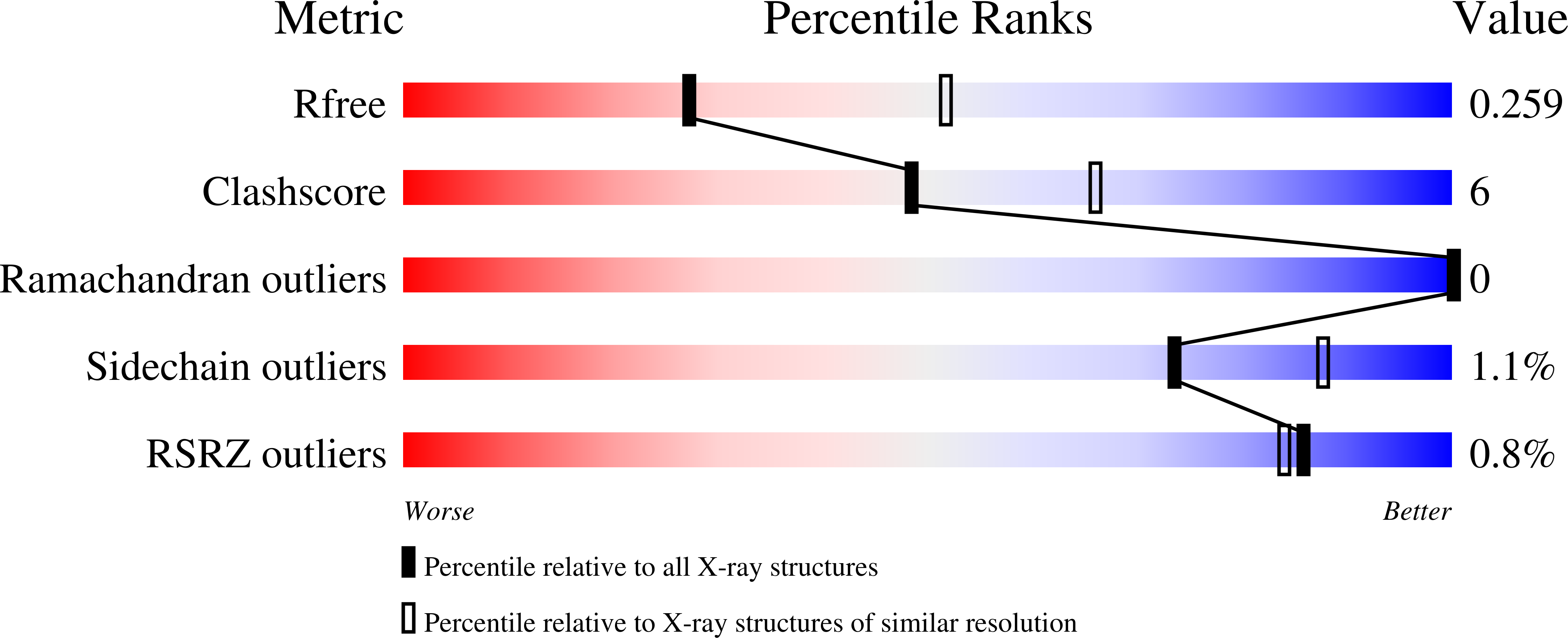
Deposition Date
2020-04-01
Release Date
2020-12-16
Last Version Date
2023-10-18
Entry Detail
PDB ID:
6WE1
Keywords:
Title:
Wheat dwarf virus Rep domain complexed with a single-stranded DNA 8-mer comprising the cleavage site
Biological Source:
Source Organism:
Wheat dwarf virus (Taxon ID: 10834)
Host Organism:
Method Details:
Experimental Method:
Resolution:
2.61 Å
R-Value Free:
0.24
R-Value Work:
0.18
R-Value Observed:
0.19
Space Group:
P 41 21 2


